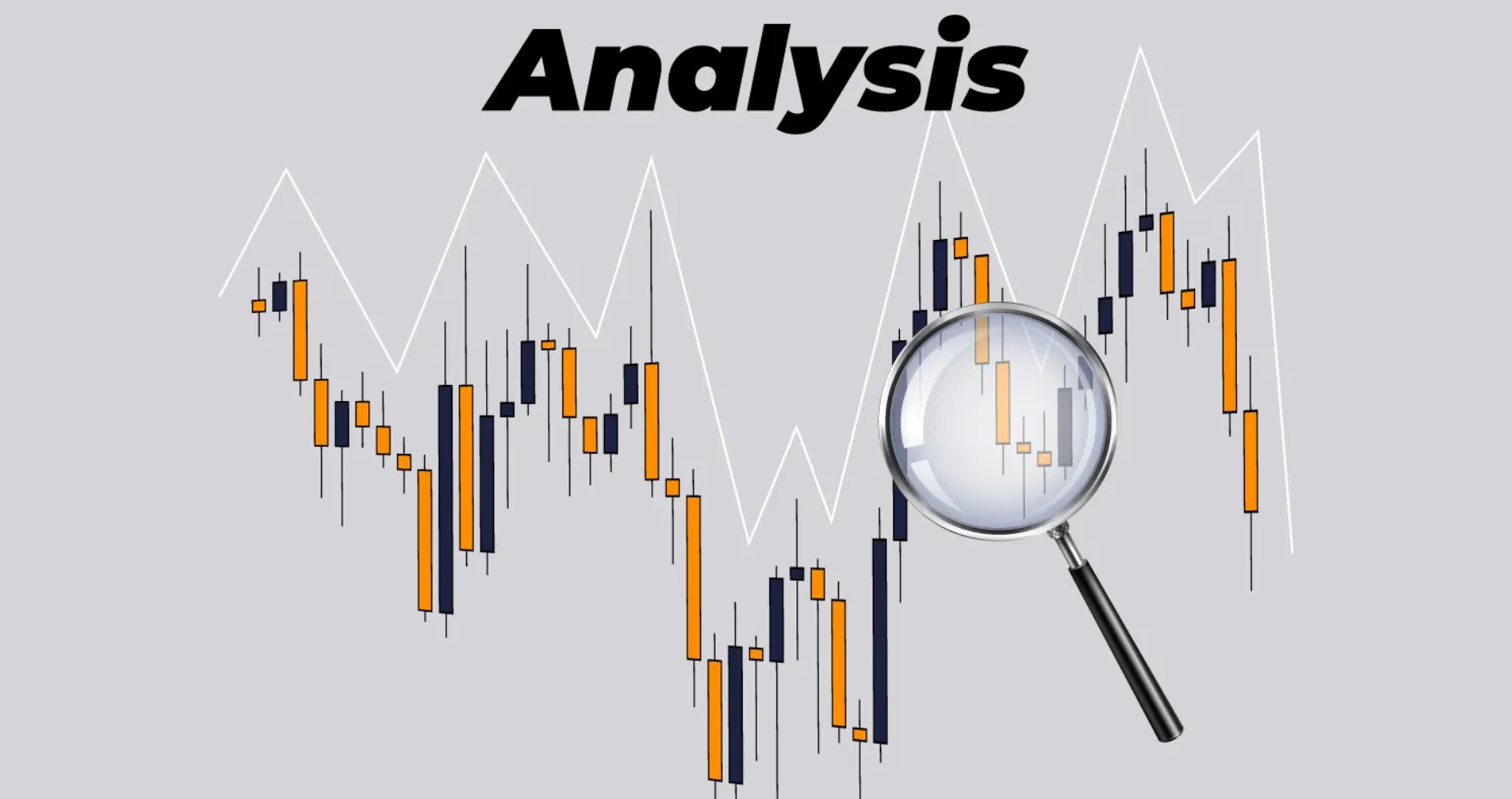Welcome to the comprehensive guide on Understanding Technical Analysis. We will delve into the fascinating world of technical analysis and equip you with the knowledge and tools to make informed investment decisions. Whether you are a seasoned trader or a beginner exploring the financial markets, understanding technical analysis is crucial for success. We will explore various concepts, strategies, and indicators used in technical analysis, empowering you to interpret market trends, identify patterns, and seize profitable trading opportunities.
1. What is Technical Analysis?
Technical analysis is a methodology used by traders and investors to analyze historical price data, market trends, and patterns in order to forecast future price movements. It is based on the belief that market prices reflect all available information and that historical price patterns tend to repeat themselves. By studying charts, indicators, and other tools, technical analysts aim to identify potential trading opportunities and make well-informed investment decisions.
2. The Basics of Technical Analysis
To begin understanding technical analysis, let’s explore the basic principles that form its foundation:
a) Price Action
Price action refers to the movement of an asset’s price over time. Technical analysts believe that all relevant information about an asset is reflected in its price. By analyzing historical price patterns, traders can gain insights into the supply and demand dynamics of the market and make predictions about future price movements.
b) Trends
Trends are one of the cornerstones of technical analysis. They represent the general direction in which an asset’s price is moving. Understanding and identifying trends is crucial for traders as it helps them determine whether to buy, sell, or hold a particular asset. Trends can be classified as uptrends (rising prices), downtrends (falling prices), or sideways trends (consolidation).
c) Support and Resistance
Support and resistance levels are key concepts in technical analysis. Support refers to a price level where buying pressure is expected to outweigh selling pressure, causing the price to stop falling and potentially reverse. Resistance, on the other hand, represents a price level where selling pressure is expected to outweigh buying pressure, causing the price to stop rising and potentially reverse.
d) Indicators
Technical analysts use various indicators to enhance their analysis. These indicators are mathematical calculations based on price and volume data. They provide traders with additional insights into market trends, momentum, volatility, and other factors influencing price movements. Popular indicators include moving averages, oscillators, and trendlines.
3. Understanding Technical Analysis Tools
Technical analysis involves the use of various tools that aid in analyzing market trends and patterns. Let’s explore some commonly used technical analysis tools:
a) Moving Averages
Moving averages are widely used trend-following indicators. They calculate the average price of an asset over a specific period and plot it on a chart. Moving averages smooth out price fluctuations and help traders identify the overall direction of a trend. They are available in different types, such as simple moving averages (SMA) and exponential moving averages (EMA).
b) Oscillators and Momentum Indicators
Oscillators and momentum indicators are used to identify overbought or oversold conditions in the market. They measure the speed and magnitude of price movements and provide signals when an asset may be due for a reversal. Examples of popular oscillators include the Relative Strength Index (RSI) and the Moving Average Convergence Divergence (MACD).
c) Trendlines and Channels
Trendlines and channels are graphical tools used to identify and visualize trends in the market. Trendlines are drawn by connecting a series of higher lows (in an uptrend) or lower highs (in a downtrend). Channels are formed by drawing parallel lines to the trendline, encompassing price movements within a specific range.
d) Fibonacci Retracement
Fibonacci retracement is a technical analysis tool based on the Fibonacci sequence. Traders use Fibonacci retracement levels to identify potential support and resistance levels based on the Fibonacci ratios. These levels help traders anticipate where a price correction may end and the price may resume its previous trend.
4. The Role of Charts in Technical Analysis
Charts play a crucial role in technical analysis as they visually represent the price data and patterns. Candlestick charts and line charts are commonly used in technical analysis. Candlestick charts provide information about the opening, closing, high, and low prices for a given period. They help traders identify patterns, such as doji, engulfing, and hammer, which provide insights into potential reversals or continuation of trends.
Line charts, on the other hand, connect the closing prices of an asset over a given period. They provide a simplified view of price movements and are useful for identifying long-term trends.
5. Common Chart Patterns
Chart patterns are recognizable formations that appear on price charts and provide insights into potential market reversals or continuations. Let’s explore some commonly observed chart patterns:
a) Head and Shoulders
The head and shoulders pattern is a reversal pattern that indicates a potential trend change. It consists of three peaks, with the middle peak (the head) being higher than the other two (the shoulders). Traders often interpret this pattern as a signal to sell or exit long positions.
b) Double Tops and Bottoms
Double tops and bottoms are reversal patterns that occur when the price fails to break a previous high or low. A double top consists of two peaks at approximately the same level, while a double bottom consists of two lows at approximately the same level. These patterns can indicate a potential trend reversal.
c) Triangles
Triangles are continuation patterns that indicate a period of consolidation before the price breaks out in the direction of the previous trend. There are three main types of triangles: ascending triangles, descending triangles, and symmetrical triangles. Traders often interpret a breakout from a triangle as a signal to enter a trade in the direction of the breakout.
6. Support and Resistance Levels
Support and resistance levels are important concepts in technical analysis. They represent price levels where buying or selling pressure is expected to be strong, causing the price to reverse or consolidate. Traders often use support and resistance levels to identify potential entry and exit points for their trades.
7. Moving Averages
Moving averages are popular technical indicators used to identify the overall trend of an asset and generate trading signals. They calculate the average price of an asset over a specific period and plot it on a chart. Moving averages smooth out price fluctuations, making it easier to identify the direction of the trend.
There are two main types of moving averages: the simple moving average (SMA) and the exponential moving average (EMA). The SMA gives equal weight to all price data points in the calculation, while the EMA assigns more weight to recent price data, making it more responsive to changes in price.
8. Oscillators and Momentum Indicators
Oscillators and momentum indicators are used to measure the speed and magnitude of price movements. They help traders identify overbought or oversold conditions in the market, which can indicate a potential reversal or continuation of the trend.
The Relative Strength Index (RSI) is a popular oscillator that measures the strength and weakness of price movements. It ranges from 0 to 100 and is often used to identify overbought or oversold conditions. A reading above 70 is considered overbought, while a reading below 30 is considered oversold.
The Moving Average Convergence Divergence (MACD) is a momentum indicator that shows the relationship between two moving averages. It consists of a MACD line, a signal line, and a histogram. Traders look for crossovers and divergences between the MACD line and the signal line to generate buy or sell signals.
9. Trendlines and Channels
Trendlines and channels are graphical tools used to identify and visualize trends in the market. They help traders determine the direction of the trend and potential support and resistance levels.
Trendlines are drawn by connecting a series of higher lows (in an uptrend) or lower highs (in a downtrend). They provide a visual representation of the trend and help traders identify potential entry and exit points.
Channels are formed by drawing parallel lines to the trendline, encompassing price movements within a specific range. Channels can be ascending (in an uptrend), descending (in a downtrend), or horizontal (in a sideways trend). Traders often use channels to identify potential support and resistance levels.
10. Fibonacci Retracement
Fibonacci retracement is a technical analysis tool based on the Fibonacci sequence. Traders use Fibonacci retracement levels to identify potential support and resistance levels based on the Fibonacci ratios.
The main Fibonacci retracement levels are 23.6%, 38.2%, 50%, 61.8%, and 78.6%. These levels indicate the potential retracement of a price movement before it resumes its previous trend. Traders often use Fibonacci retracement levels in conjunction with other technical analysis tools to confirm potential entry or exit points.
11. Japanese Candlestick Patterns
Japanese candlestick patterns are a popular tool in technical analysis. They provide insights into the psychology of market participants and can indicate potential reversals or continuations of trends.
Candlestick patterns consist of one or more candlesticks that have specific shapes and formations. Some commonly observed candlestick patterns include doji, engulfing, hammer, and shooting star. Traders interpret these patterns in conjunction with other technical indicators to make trading decisions.
12. Volume Analysis
Volume analysis is an essential aspect of technical analysis. It involves analyzing the trading volume of an asset to gain insights into the strength of price movements and potential trend reversals.
High volume during price increases suggests strong buying pressure, indicating a potential continuation of the uptrend. Conversely, high volume during price decreases suggests strong selling pressure, indicating a potential continuation of the downtrend. Traders often use volume analysis to confirm the validity of price movements and identify potential entry or exit points.
13. Dow Theory and Market Trends
Dow Theory is a fundamental concept in technical analysis. It states that market prices move in trends, which can be classified as primary, secondary, and minor trends.
The primary trend represents the overall direction of the market and can last for months or years. The secondary trend represents countertrend movements within the primary trend and can last for weeks or months. Minor trends are short-term fluctuations within the secondary trend.
Understanding market trends is crucial for traders as it helps them align their trading strategies with the prevailing market direction. Technical analysts use various tools and indicators to identify and interpret market trends.

